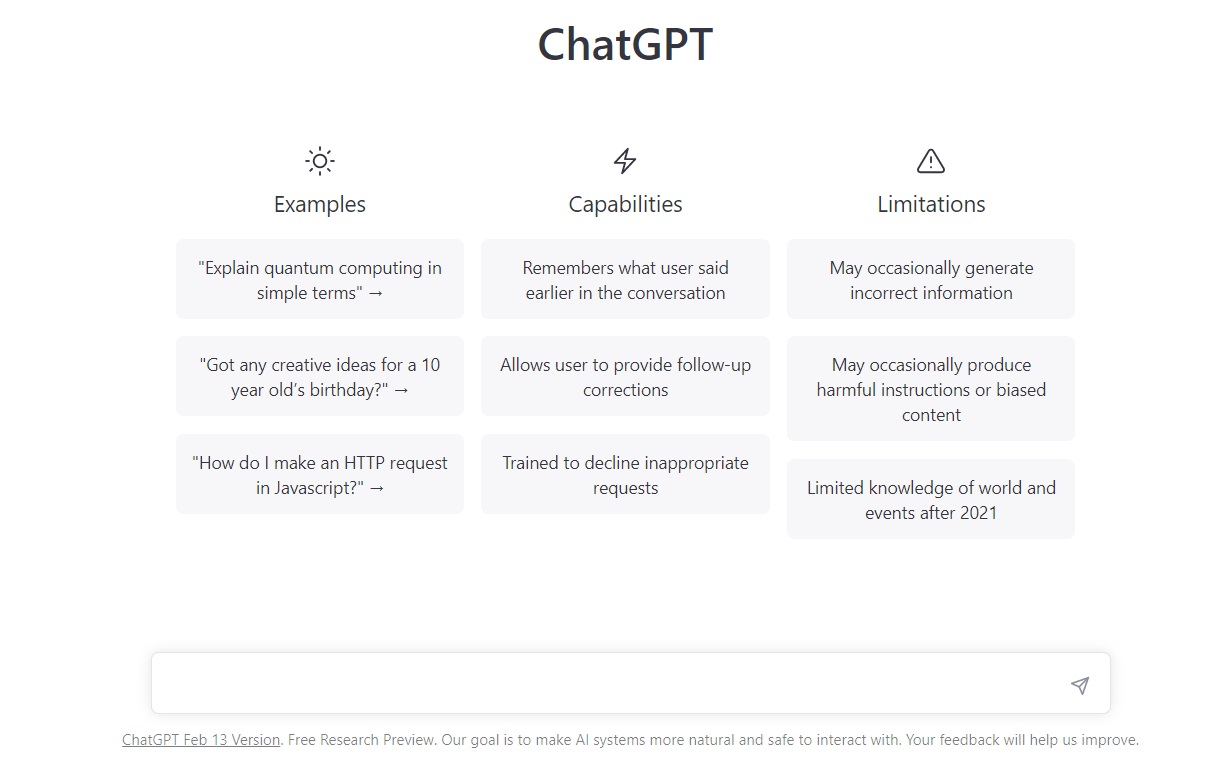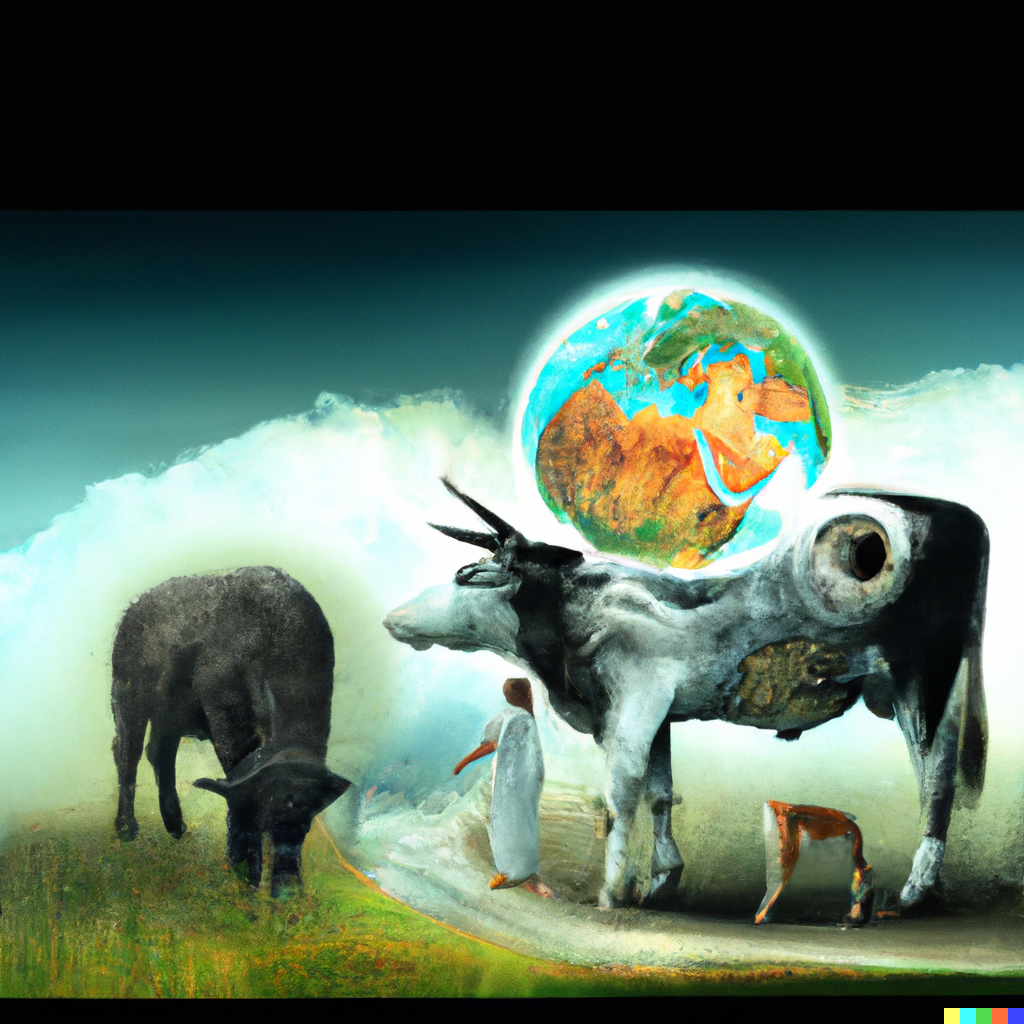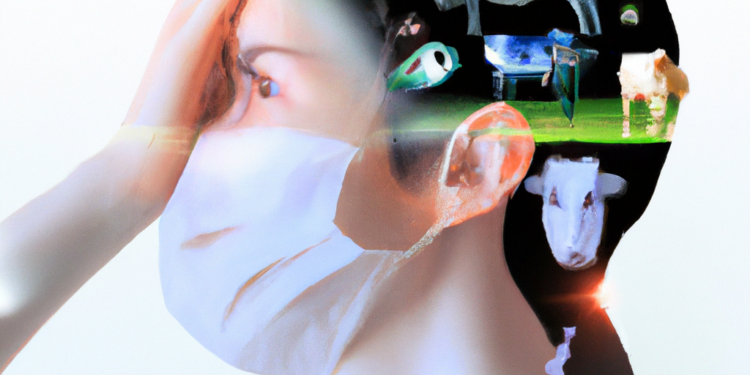The potential of artificial intelligence (AI) to augment and partially automate research has generated debate in many scientific disciplines, including the health sciences. Its potential usage to promote valuable ideas does not seem yet to have been a major subject of such discussions. Recently One Health — animal, human, environmental interface, has been getting some attention in many corners, but certainly not enough to make it a high-priority item on the agenda for people, policymakers, programmers, scholars, and funders.
Yet it is certainly not for the lack of trying by such organizations as the One Health Commission and One Health Initiative.
Increasingly newly emerging technologies have made a huge difference in dealing with infectious diseases, both known and unknown. There are new vaccines, treatments, satellite surveillance techniques, and much more as I recently reported.
What has not yet been seen as a possible pathway to heightened acceptance is the versatility of artificial intelligence, in particular, open access platforms for imaginative writing, visual designs, and a raft of yet-to-be-explored ways to this technology could go to new levels of awareness leading to action.
This notion of linking such AI machine efforts to science and creativity is still in its infancy. For example, this point is raised in the recent Impakter article on “The ChatGPT ‘Cookbook’: Simple Recipes for Personal and Business Success” which references the AI Handbook “PROMPT” by Richard Bowman and David Boyle.
“PROMPT” is a guide primarily for private business entrepreneurs and how to grow their brands. But many of the same concepts apply to public health topics, especially ones in need of broadening knowledge and support, and in virtually everywhere in the world.
Why not ask ChatGPT to summarize the benefits of One Health? Here is one result
Thus a possible application is to “ask” ChatGPT to produce a cogent statement or statements of the benefits of One Health in addressing infectious disease prevention, surveillance, control and response in an integrated manner across the world.

To test what ChatGPT might do, I phrased the question as follows: How can a One Health approach improve infectious disease prevention, surveillance, control, and responses in Europe, North and South America, Asia, Africa and the Middle East – essentially everywhere?
Here is how ChatGTP responded (bolding added):
The One Health approach, which recognizes the interconnectedness of human, animal, and environmental health is becoming increasingly important in the field of infectious disease prevention and control. This approach recognizes that diseases do not exist in isolation but are the result of complex interactions between humans, animals, and the environment.
By adopting a One Health approach, we can improve infectious disease prevention, surveillance, control, and response in Europe, North and South America, Asia, Africa, and the Middle East. One of the key benefits of a One Health approach is that it encourages collaboration between different sectors and disciplines.
This means that experts from the fields of human health, veterinary medicine, and environmental science can work together to identify and address potential sources of infectious disease. For example, if there is an outbreak of zoonotic disease (i.e., a disease that is transmitted from animals to humans) in a particular region, a One Health approach would involve not only investigating the human cases but also examining the health of animals in the area and studying the local environment to identify potential sources of the outbreak.
By taking a holistic approach to infectious disease prevention and control, we can also address some of the underlying factors that contribute to the spread of diseases.
For example, by improving access to clean water and sanitation, we can reduce the transmission of waterborne diseases. Similarly, by promoting sustainable agricultural practices and reducing deforestation, we can help to reduce the risk of zoonotic diseases spreading from animals to humans.
Another key benefit of a One Health approach is that it can improve disease surveillance and early warning systems. By monitoring animal health and the environment, we can often detect the emergence of new diseases before they spread to humans. This early warning can be crucial in preventing the spread of disease and enabling an effective response.
A One Health approach can also improve the effectiveness of disease control measures. For example, by vaccinating both humans and animals against a particular disease, we can reduce the likelihood of it spreading between species. Similarly, by improving the health of animal populations, we can reduce the risk of zoonotic diseases spreading to humans.
Finally, a One Health approach can improve the speed and effectiveness of disease response efforts. By working together across sectors and disciplines, we can quickly mobilize resources and expertise to respond to outbreaks and prevent them from spreading further.
In conclusion, a One Health approach that involves animal, human, and environmental health is crucial in improving infectious disease prevention, surveillance, control, and response efforts worldwide. By recognizing the interconnectedness of these different sectors, we can identify and address potential sources of disease and improve our ability to detect and respond to outbreaks.
This approach is essential in the fight against infectious diseases and will continue to play an important role in ensuring the health and well-being of humans, animals, and the environment.
As is seen in the demonstration text above, ChatGPT is an incredibly versatile machine. The language is coherent, almost human-sounding, and in this case, there are no mistakes. Every point made is correct – all the benefits of following the One Health approach are listed.
Perhaps because ChatGTP was asked to give a response that would be applicable “essentially everywhere”, the response turned out to be very general; and for anyone in the know – medical practitioners and researchers – this response sounds like the A, B, C of One Health and is singularly uninspiring.
Another drawback is that ChatGTP does not appear willing to share the links to the sources that it uses in its responses. And that makes it considerably less useful for anyone doing research.
The scope of support from chatbots and other AI tools: Broad and promising
It is clear that an AI tool such as ChatGTP can do much more if asked more specific questions — for example, it can take core sentences and ideas of an essay and customize it for individual countries, regions, international institutions, advocacy groups, and sectoral audiences.
Further, AI websites can translate texts into different languages: For example, Facebook AI is introducing M2M-100, a multilingual machine translation (MMT) model that can translate between any pair of 100 languages without relying on English data. It is an open-sourced platform, accessible here.
Using combinations of such knowledge and translation tools would be an efficient way of reaching communities that often are neither part of the mainstream nor addressed to in their own language.
And then there are visuals.
There exist dozens of very good pictorial representations of the One Health concept. Now available AI systems can scan and choose the most appropriate one for a given audience, but can also create new ones for consideration.
For instance, DALL·E 2 can create original, realistic images and art from a text description in natural languages. It can combine concepts, attributes, and styles. Here is an example, using digital art:

And AI options can go even further: there exist AI technologies that can conduct literature reviews of books and articles on diverse subjects, and no doubt, including One Health.
The gradual adoption of AI-based research tools has already begun simultaneously with questions about how to harness AI-based tools for the benefit of any research field and its stakeholders. This capability and product can be the basis for shared commentary, modified by individuals or groups.
Spoiler Alert
Words of Caution: Some think the sky’s the limit as AI technology expands in so many dimensions, it becomes a go-to reliable source of off-the-shelf material.
As with virtually every new technology, a caveat is needed, one that underscores the point that a human being must be part and parcel of the process. Fact-checking and editing to be sure, but also sentient contributions only a person can make-leastways till now.
That said, for those who advocate understanding and concrete embracement of the One Health approach, leading to concrete action, then artificial intelligence must be looked at as an ally in making this happen.
Editor’s Note: The opinions expressed here by the authors are their own, not those of Impakter.com — In the Featured Photo: Depiction of One Health asking for digital art Source: Claude + DALL-E, (link to OpenAI Claude Forthomme’s collection)










